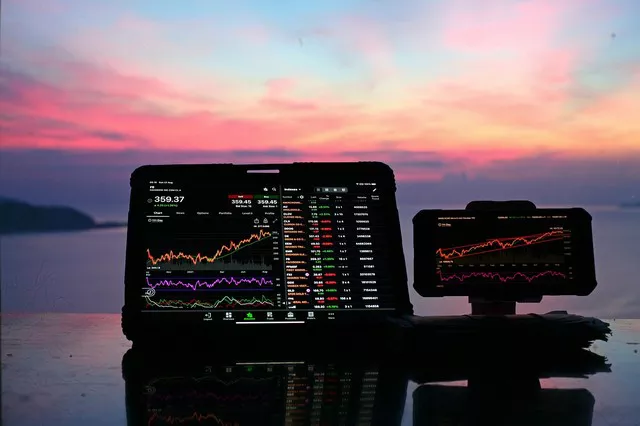For individuals looking to diversify their investment portfolio or capitalize on fluctuations in the agricultural market, buying wheat futures can be a strategic move. Understanding the intricacies of commodity trading and, more specifically, wheat futures, is crucial to making informed decisions.
Understanding Wheat Futures: Market Dynamics
Wheat futures represent a standardized agreement to buy or sell a specific amount of wheat at a predetermined price and future date. These financial instruments are traded on commodity exchanges, providing a platform for producers, processors, and investors to manage the risks associated with wheat price fluctuations. Market dynamics for wheat futures are influenced by a multitude of factors, including weather conditions, global supply and demand, geopolitical events, and currency fluctuations. Being aware of these dynamics is essential for anyone considering entering the wheat futures market.
Educational Preparation: Acquiring Knowledge on Wheat Futures
Before diving into the world of wheat futures trading, it’s crucial to acquire a solid foundation of knowledge. Familiarize yourself with the basics of commodity markets, the factors affecting wheat prices, and the terminology used in futures trading. Numerous educational resources, both online and offline, offer courses and materials specifically tailored to commodity trading. Understanding the nuances of wheat futures will empower you to make informed decisions and navigate the market with confidence.
Choosing a Reputable Brokerage Platform
Selecting the right brokerage platform is a pivotal step in your journey to buy wheat futures. Look for a reputable brokerage that offers a user-friendly interface, competitive commission rates, and reliable customer support. Ensure that the platform provides access to the specific commodity exchanges where wheat futures are traded, such as the Chicago Board of Trade (CBOT). Conduct thorough research and read user reviews to make an informed decision that aligns with your trading goals.
Setting Up Your Trading Account
Once you’ve chosen a brokerage platform, the next step is to set up your trading account. This typically involves completing an application, providing necessary identification documents, and funding your account. Different brokerages may have varying account minimums, so be sure to check the requirements before proceeding. Take the time to familiarize yourself with the trading platform, ensuring you understand how to execute orders, monitor positions, and manage risk effectively.
Market Analysis: Fundamental and Technical Approaches
Successful wheat futures trading requires a comprehensive approach to market analysis. Fundamental analysis involves evaluating factors such as global wheat production, consumption trends, and geopolitical events that can impact supply and demand. Additionally, technical analysis involves studying price charts, patterns, and trading indicators to identify potential entry and exit points. Combining both approaches provides a holistic view of the market, enhancing your ability to make well-informed decisions.
Risk Management Strategies
As with any form of trading, managing risk is paramount when dealing with wheat futures. Implementing risk management strategies is essential to protect your capital and minimize potential losses. Set clear risk tolerance levels, use stop-loss orders to limit downside exposure, and diversify your portfolio to spread risk across multiple assets. Regularly reassess and adjust your risk management strategies as market conditions evolve.
Executing Trades and Monitoring Positions
With your account funded, a chosen brokerage platform, and a solid understanding of market dynamics, you’re ready to execute trades in the wheat futures market. Utilize the trading platform to place buy or sell orders based on your analysis and risk management parameters. Once positions are established, diligently monitor market conditions, staying informed about relevant news and events that may impact wheat prices. Regularly assess your positions and be prepared to adjust your strategy if market conditions change.
Staying Informed: Continuous Learning and Market Updates
The world of commodity trading, including wheat futures, is dynamic and subject to various influences. Commit to continuous learning by staying informed about developments in the wheat market, agricultural trends, and global economic factors. Follow reputable financial news sources, attend industry conferences, and consider joining online forums or communities where traders share insights and experiences. This commitment to staying informed will enhance your ability to adapt to evolving market conditions.
Conclusion
Buying wheat futures can be a rewarding venture for those willing to invest time in education, research, and strategic planning. By understanding market dynamics, choosing a reputable brokerage, setting up a trading account, conducting thorough market analysis, implementing effective risk management strategies, executing trades, and staying informed, you can navigate the complexities of wheat futures trading with confidence. Remember that successful trading requires discipline, continuous learning, and the ability to adapt to changing market conditions.



